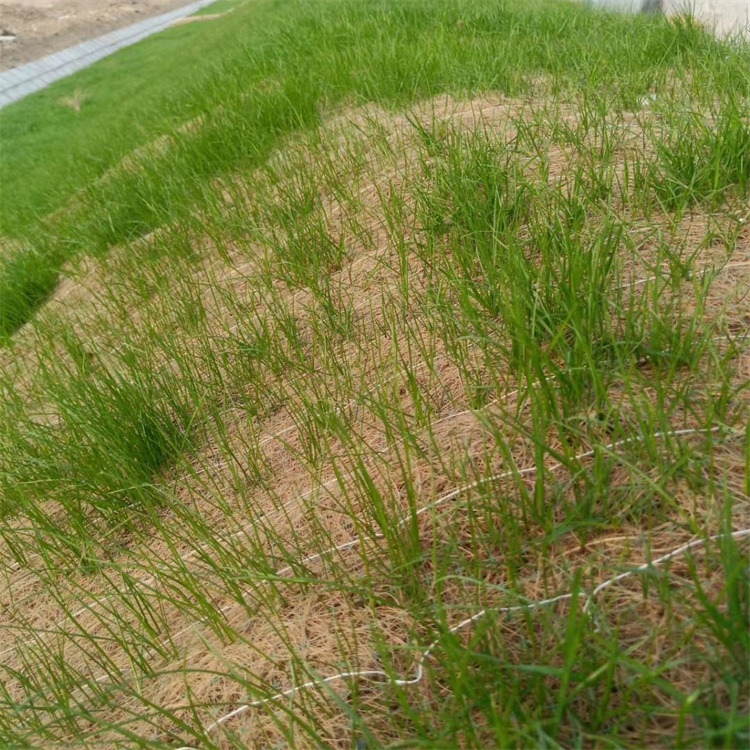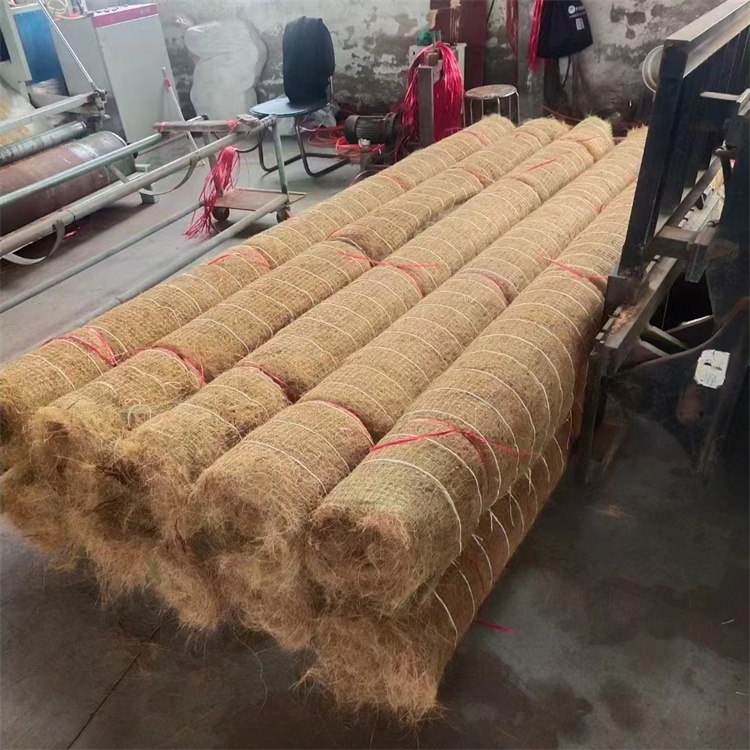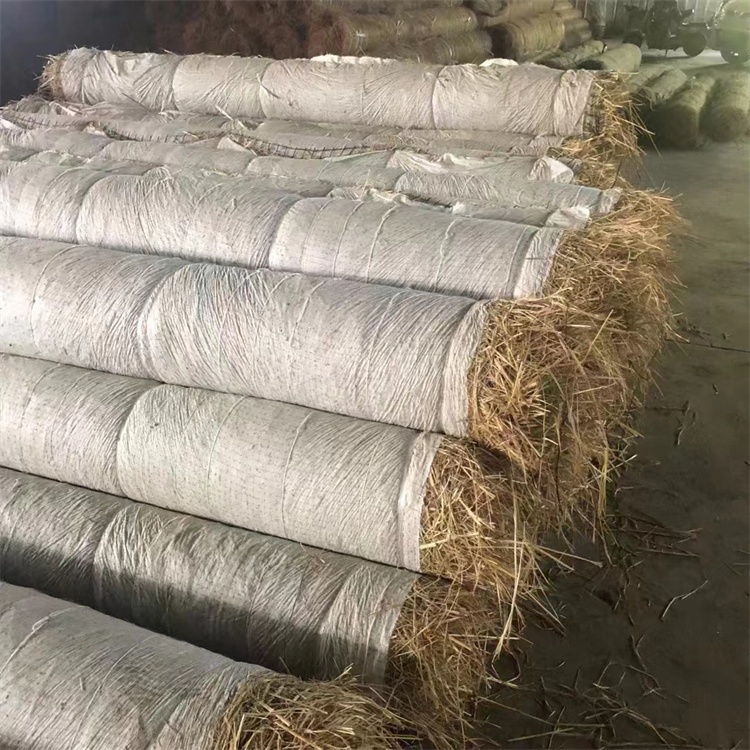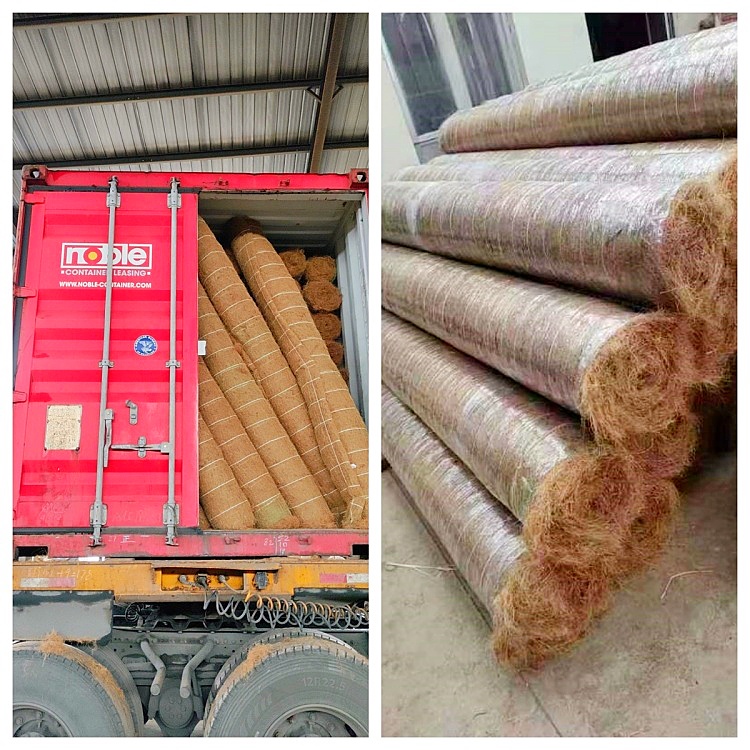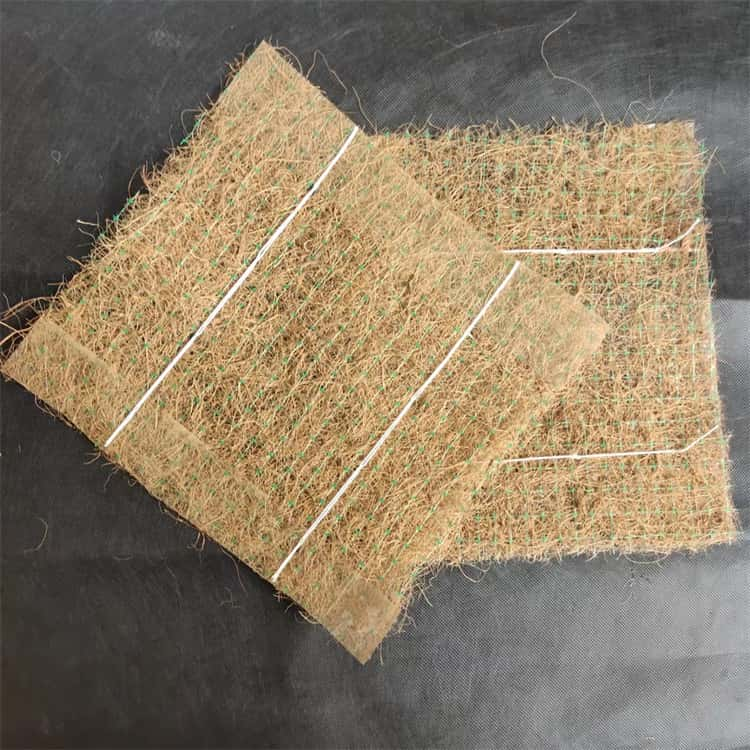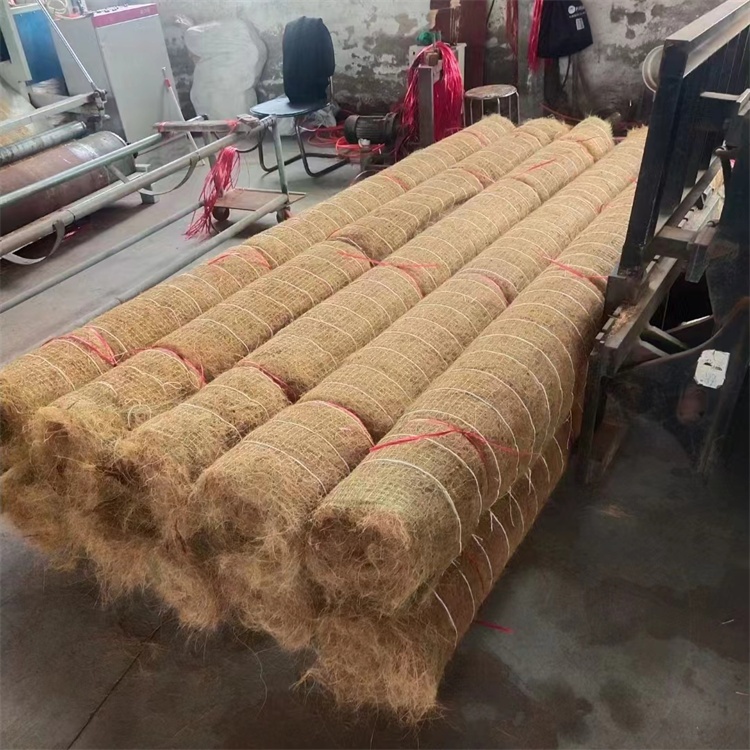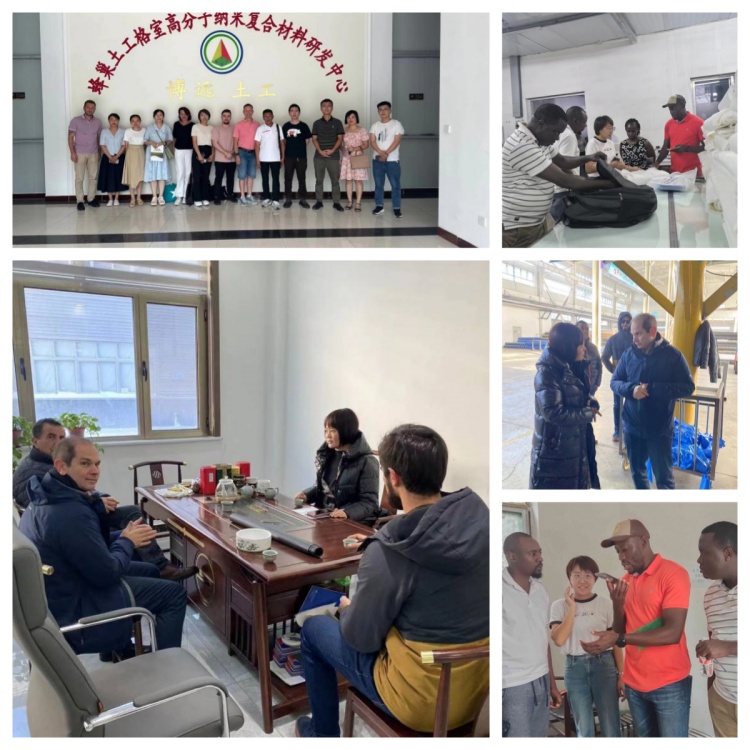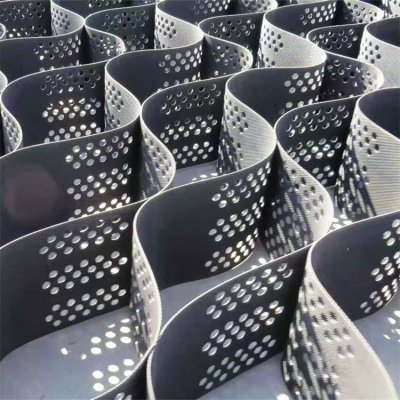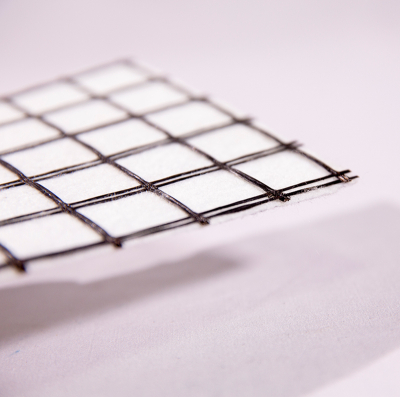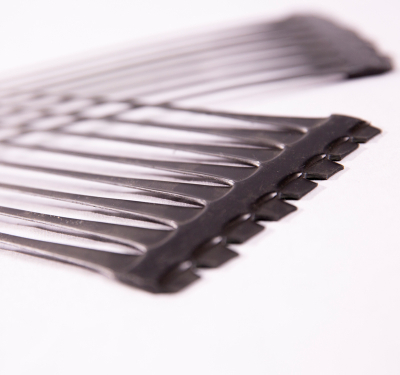Coir Geotextile
It has the effect of preventing soil moisture from evaporating, Good for growing grass.
(A) Simple construction and good grounding
(B) Cotton blanket absorbs water
(C) Protect soil and seed loss
(D) Sprouting and planting
Introduction
Coir blankets (also called coir geomats or coconut fiber blankets) are biodegradable products designed for long-term erosion control in steep areas such as riverbanks, streams, canals, and wetlands. Generally composed of upper and lower reinforced nets and a middle natural plant fiber net, processed by composite stitching technology. According to requirements, it can be divided into a five-layer structure (upper net, plant fiber layer, seed layer, wood pulp paper layer, lower net) and a three-layer structure (upper net, plant fiber layer, lower net).
Coconut blankets have been used for erosion control, stabilization and temporary reinforcement while vegetation is allowed to take root. Additional options include temporary straw blankets and long-term coir netting.
Coir Blanket Features
Has plant maintenance functions, with pores suitable for grass seed growth, capable of retaining moisture, windproofing and heat preservation; excellent protective and reinforcing performance, which can alleviate rainwater erosion; green and environmentally friendly, degradable, non-toxic and odorless; simple construction, time-saving and labor-saving, and cost-effective.
Coir Blanket Benefits
Can lock soil moisture,reduce wind blowing on grass seeds and heat loss,accumulate humus,improve barren soil,stabilize slopes,and prevent soil erosion.
Coir Blanket Applications
Widely used in sandy soil, hillsides, river courses, mine reclamation, ecological protection of railway and highway subgrade slopes, etc., as well as in the ornamental horticulture industry, airports, football fields, golf courses, roof greening, etc.
Construction Methods
First determine and clean the construction area, then lay the coconut fiber mat closely, fix it with U-shaped nails or by digging anchor trenches on the slope, then evenly spread a thin layer of soil on the surface, finally sow seeds or plant vegetation, and water and maintain regularly.
Customer Visit



